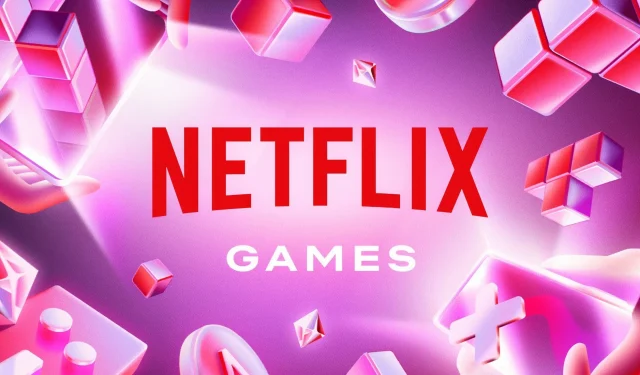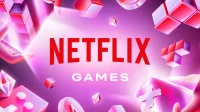Overview
- Children seem less invested in the future of gaming consoles, favoring instead versatile gaming experiences on various devices.
- Netflix aims to simplify gaming access by reducing barriers to entry.
- While kids may show less interest, adults still lean towards consoles, highlighting opportunities in both casual and traditional gaming markets.
According to Alain Tascan, President of Games at Netflix, children today may not exhibit enthusiasm for forthcoming video game consoles. This perspective was shared during a recent discussion where he also acknowledged the nostalgic appeal of the Nintendo Wii.
The ongoing competition among gaming consoles has been a prominent aspect of the industry since its inception. Factors like exclusive titles, graphical superiority, and portability have shaped consumer preferences throughout the years. Yet, as gaming advances, accessibility has grown, allowing players to engage on various devices without the necessity of a dedicated console. For many young gamers, the traditional console experience might be diminishing in significance.
In a conversation with The Game Business, Tascan highlighted Netflix’s vision for a “platform-agnostic”future in gaming. He expressed skepticism about whether contemporary children, particularly those aged eight to ten, fantasize about potential consoles such as a PlayStation 6. Instead, he argues that younger audiences prioritize the ability to interact with digital content on the go. The traditional model of console gaming, he believes, may even hinder engagement.

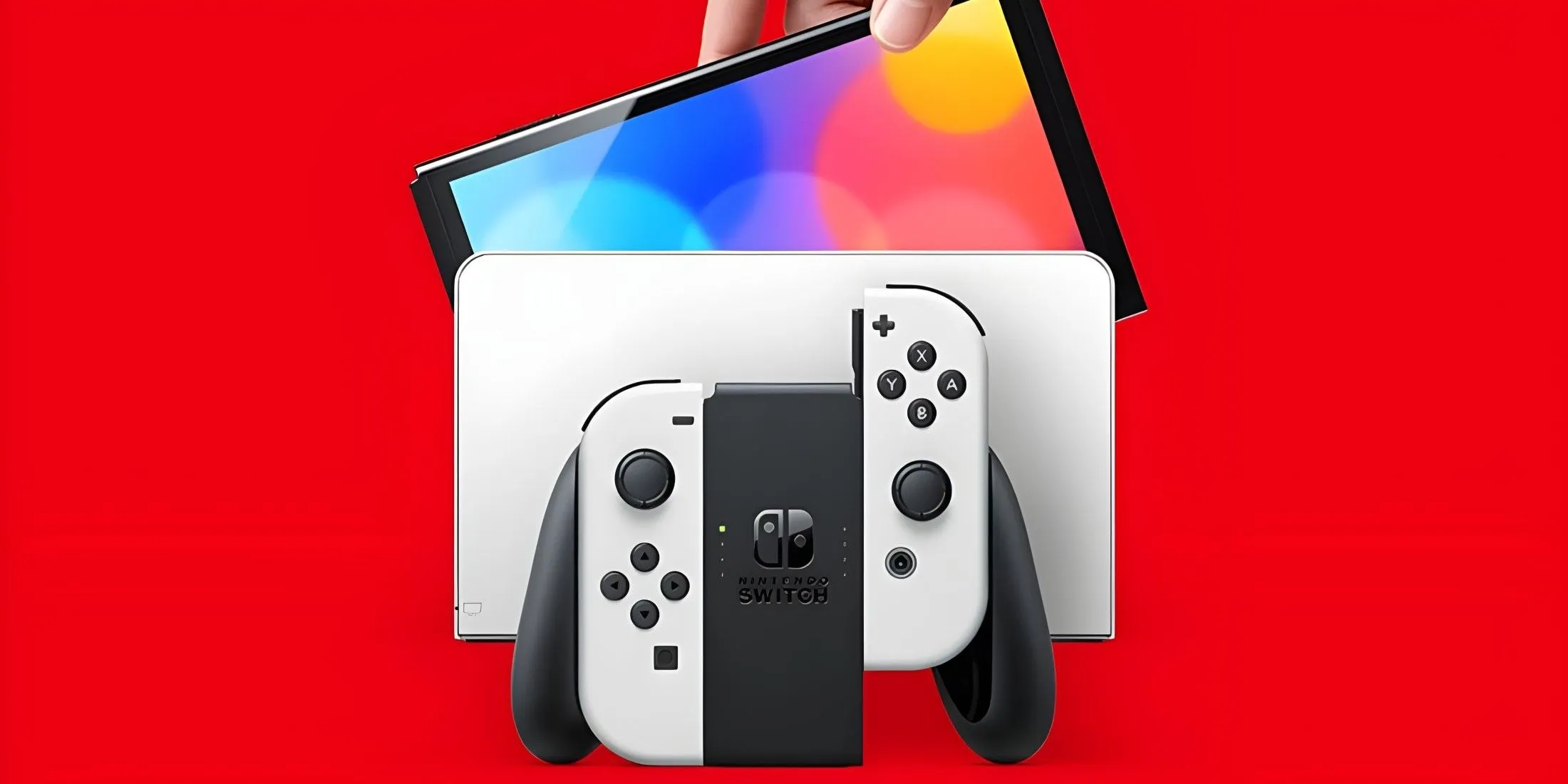
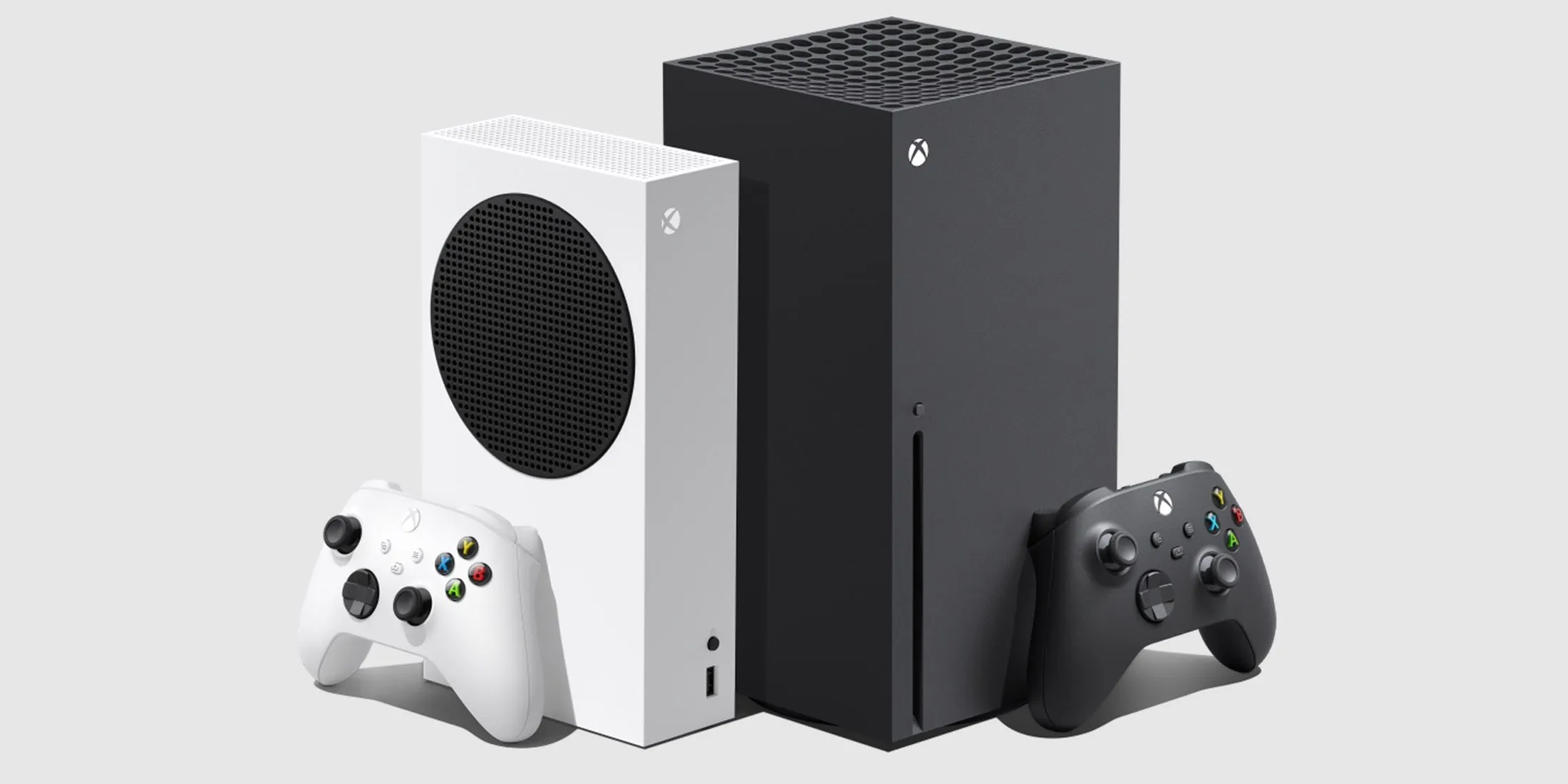

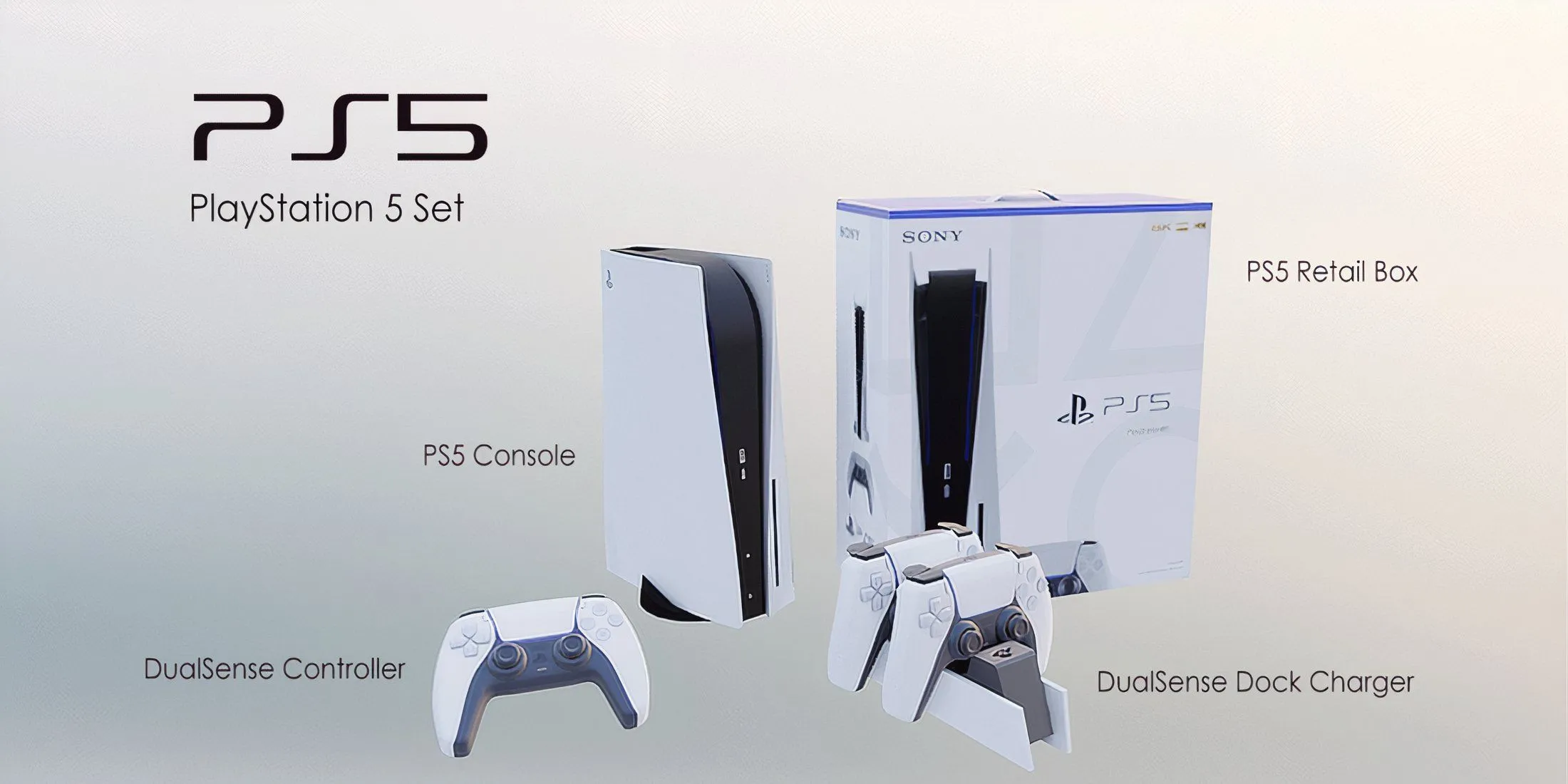
Streamlining the Gaming Experience
Tascan also elaborated on his desire to reduce barriers in gaming experiences. He identifies “friction”as a term to describe elements that could disrupt gameplay, such as cumbersome downloads or the need for multiple controllers. He noted that subscriptions themselves can be seen as a form of friction, citing Netflix’s experiment with its mobile game, Squid Game: Unleashed, which was offered without a subscription requirement.
This notion of a generation indifferent to the allure of new gaming consoles may hold some truth. Historically, consoles and high-performance PCs were the primary gateways into the gaming world. However, with the rise of smartphones and other devices with internet access, simpler games can now be played almost anywhere. Despite this trend, traditional consoles remain in demand. For instance, the PlayStation 5 has surpassed the original NES in sales, and the Nintendo Switch has outperformed the PlayStation 2’s longstanding record in the U.S. market. This suggests that while the younger demographic might lean towards accessible gaming, adults still cherish the console experience, indicating a robust market opportunity for both casual and dedicated gaming formats.
